
Congratulations on the birth of your baby! Healthy families choose WIC – it’s a choice to be proud of, and we are excited you are here.
As a new mom with WIC, you can:
This booklet has tips to help keep you and your baby healthy. These tips do not replace your healthcare provider’s advice. Write down questions to ask your healthcare provider before you go to your next checkup.
WIC can help you learn about healthy eating and support your breastfeeding journey. WIC has nutrition sessions for you and other moms to learn, share ideas, and ask questions. We hope you enjoy your experience with WIC; we are happy to share this special time with you.
Sincerely,
Your WIC staff

Postpartum care is healthcare for women after their baby is born. A healthcare provider checks that you are healthy and healing well. Go to all your postpartum checkups. Ask when you will need a checkup again.
- Shots keep you safe from viruses and diseases like measles, polio, and tetanus.
- Babies will get most of their shots by their second birthday. Some shots are needed after that.
- Ask your healthcare provider what shots you and your baby need.
- It is important to keep all scheduled medical appointments to keep up to date on your baby's shot schedule.
- Ask your baby's doctor to write down your baby's shots so you have a record of what they have received. Bring the record with you to all appointments.
Moms who feed only breast milk to their baby may need slightly more food. This is a general guide. You may need more or less amounts of food. For a Daily Food Plan that’s designed just for you, visit https://www.myplate.gov/.
Eat regular meals and choose a variety of whole grains, vegetables, fruits, dairy, and protein foods.
 Breastfeeding:
Breastfeeding:
7-8 ounces per day (7-8 servings)
Non-Breastfeeding:6-7 ounces per day (6-7 servings)
A serving equals:
Eat whole grains like:
 Breastfeeding:
Breastfeeding:
3 cups per day (6 servings)
Non-Breastfeeding:2½ cups per day (5 servings)
A serving equals:
Tips:
 Breastfeeding:
Breastfeeding:
2 cups per day (4 servings)
Non-Breastfeeding:2 cups per day (4 servings)
A serving equals:
Tips:
 Breastfeeding:
Breastfeeding:
3 cups per day (3 servings)
Non-Breastfeeding:3 cups per day (3 servings)
A serving equals:
Tips:
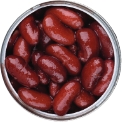 Breastfeeding:
Breastfeeding:
6½ ounces per day (6½ servings)
Non-Breastfeeding:5½ ounces per day (5½ servings)
A serving equals:
Tips:
Eating regular meals and snacks will give you the strength and energy you need to take care of your baby. Here is a sample menu of healthy options using some foods you can purchase with your WIC benefits.
Get your body in shape with WIC foods. They give you:


with 3 ounces lean deli turkey

Make time for breakfast. It helps you get through the day. Here are a few ideas. Choose one or more foods from each group below.

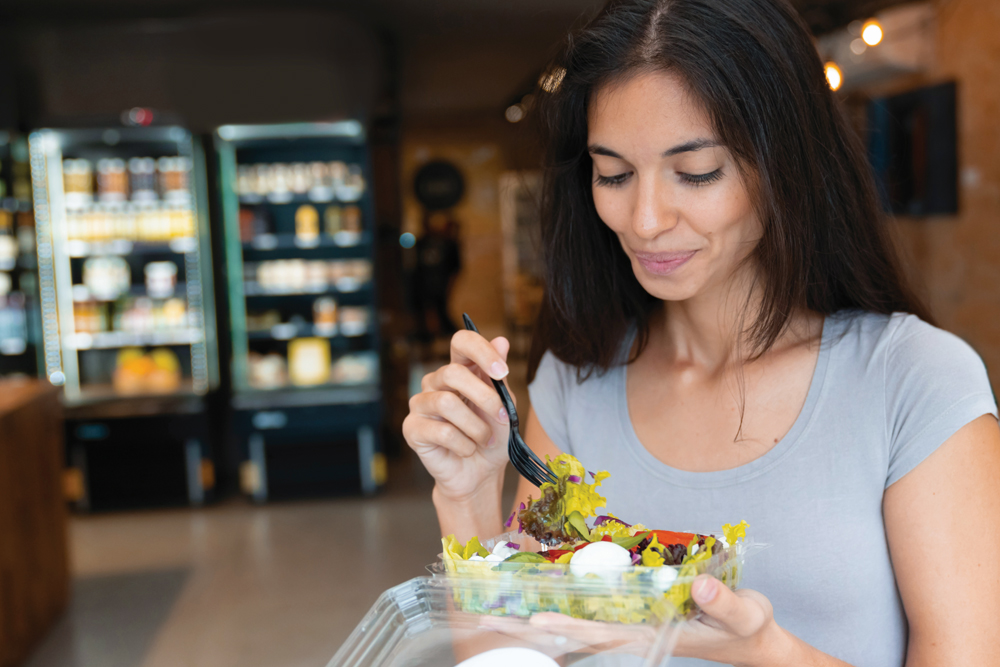
Folic acid is a vitamin that every cell in your body needs. This vitamin might protect you from a heart attack, stroke, and cancer. If you become pregnant again, it protects your unborn baby from birth defects in their spine and brain which develop very early in pregnancy. It is recommended to get at least 400 micrograms (mcg) every day.
Check nutrition labels to get enough folic acid each day.


Eat foods with folic acid even if you take a vitamin pill or eat fortified cereal.


After childbirth, your body’s iron level may be low. This can make you feel weak and tired.
Your healthcare provider may recommend a vitamin with iron or to continue taking your prenatal vitamin.
Combine iron rich foods with foods high in Vitamin C. Eating these together helps your body absorb more iron from the food you eat.
Good sources of Vitamin C include orange juice, grapefruit, baked potatoes, tomatoes, peppers, and broccoli.
Small changes can make a big difference in helping you feel good, have more energy, and lose weight. There are many tips that moms have shared that worked for them.

Don’t eat food directly from the package.
Portion out foods, like crackers, nuts, trail mix, pretzels, cheese cubes, etc., into individual containers or zip-top bags. Better yet, put vegetables in a container for quick healthy snacks without all the calories.

Make vegetables a part of every meal.
Start a family meal with a bowl of vegetables or salad placed at the center of the table and eat plenty. Serve the main dish in the kitchen. Use the MyPlate guide to fix your plate at https://www.myplate.gov/.
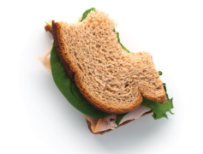
Stop eating when you feel satisfied.
Remind yourself that it’s okay to stop eating before your plate is empty or before everyone is done eating.

Watch your portions.
Using smaller plates will help control our portions. Studies show we eat more when there’s more food on our plate.

Cut back on some foods.
Cut calories by cutting out foods high in fats and added sugar. Decide to choose sweet drinks, cookies, cakes, candies, and ice cream as occasional treats. Limit meats like ribs, bacon, and hot dogs.

Cook at home.
Try healthier recipes that use less fat, sugar, and salt.
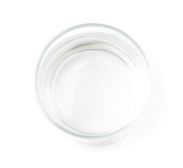
Drink water.
Sometimes we may feel hungry, but we are actually just thirsty. Keep water with you throughout the day and drink often to stay hydrated. Sugar-sweetened beverages like sodas, sports drinks, and iced tea contain added sugars and calories. Consider limiting these to a small amount and drink more water.

Eating healthy is only one part of feeling great and having more energy. Being active helps too.
Staying active helps new moms relieve stress – and having a new baby can be stressful! Ask your doctor when it’s okay to exercise and then start out slow.

Your body stays fit when you move it. If your healthcare provider says it’s okay, stay active. Walking, stretching, and swimming are a few good ways.
Being physically active can:
Take it easy, at first. Your body needs to heal. Ask your healthcare provider what you can do and when you can do it.
Start with a 5 or 10 minute walk. After one week, walk a little longer or farther. Set a goal that works for you.
Here are other easy ways to move your body:
You can also find other fun and free workout programs/videos online.
Get used to one change before you make the next one.
Example:
Cut back to one soda a day.
Example:
Eat low-fat yogurt
with fruit for breakfast.
Example:
Take the stairs, not the elevator.
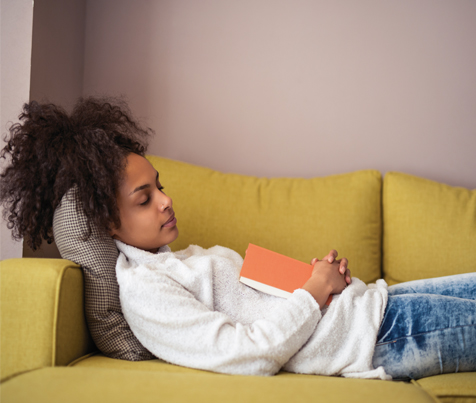
Enjoy your new baby, but take care of yourself, too.

Eating nutritious, regular meals will help you:

Healthy teeth and gums are a sign of good health.
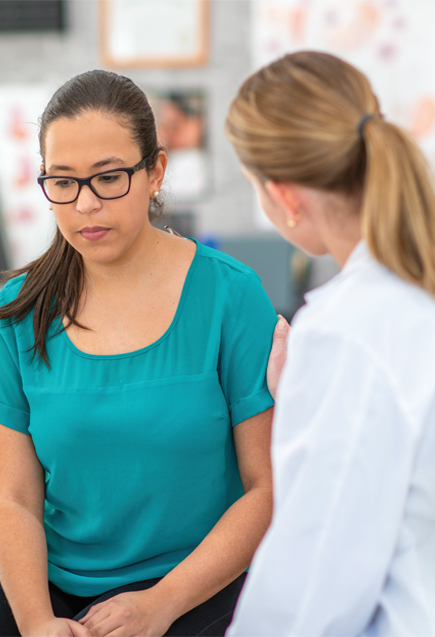
Most new moms experience the Blues. The Blues can include feeling overwhelmed, sad, and worried. Moms may be tearful and have trouble making decisions and planning. The Blues begins after birth and lasts for about two weeks. If these feelings continue and increase, you may be experiencing Postpartum Depression.
If you think you might have Postpartum Depression, talk with your healthcare provider to get help. You deserve to feel well.
Call the National Suicide Prevention line at 1-800-273-8255 for free and confidential emotional support 24 hours a day, 7 days a week, or for immediate help dial 211 and press 1 for crisis.
Call Postpartum Support International Helpline at 1-800-944-4773, visit https://psichapters.com/ct/, or text 800-944-4773 (English) or 971-203-7773 (Spanish). For online support groups visit https://psictchapter.com/support-groups/.
Signs of Postpartum Depression
Any of these feelings that last more than 2 weeks:

Repeat 5 to 10 times.
Your baby uses body movements and cues to tell you what they need. Responding to your baby's cues can help them be calm and happy.
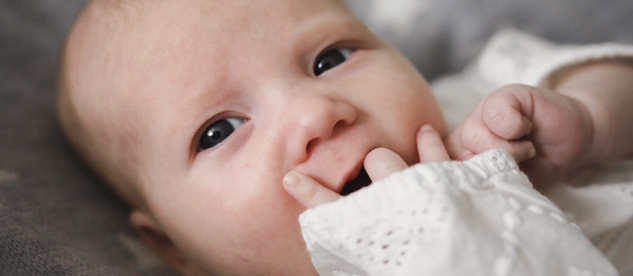
When your baby is hungry, they may:
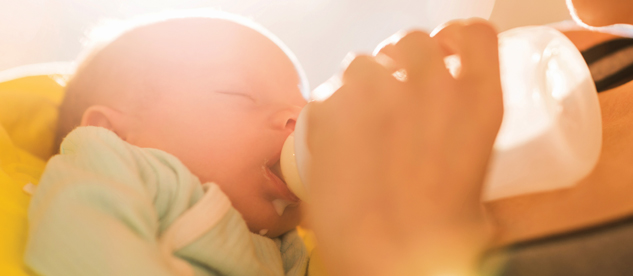
When your baby is full, they may:

When I am ready to play.
As your newborn gets older, you will be better able to tell when they are ready to interact, learn, or play. When your baby is asking you to help them learn more about you and their new world, they may:
Young babies do this for short periods of time and then need to rest again. As babies get older, they will interact with you and others longer.
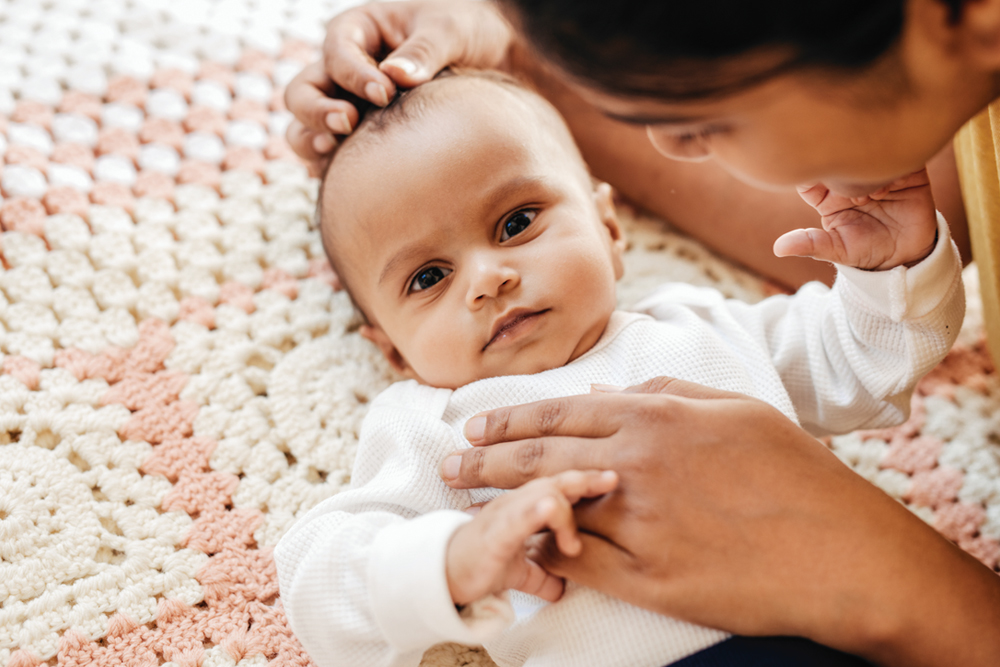
When I need something to be different.
As you get to know your baby, you will begin to learn what they are trying to tell you. This takes time. When your baby needs a break from playing and learning or needs some quiet time, they may:

Nursing is natural, but may take time and practice.
Breastfeeding in the beginning is a time when you and your baby are learning. With time, you both will find it easier.
Get your rest.
You will have more energy for your baby.
Drink water, milk, and 100% juice when you are thirsty.
Have a beverage ready to drink while you nurse.
Eat three meals and at least one snack each day.
Some snack ideas are:
If you do not drink milk, talk to WIC. You can get calcium from other foods like:



Babies who are breastfed:
Moms who breastfeed:
Whether you choose to feed your baby breast milk or formula, your baby counts on you to help them do well eating. For information on paced bottle feeding, visit the 0-6 month feeding guide.
Mixing formula is just like following a recipe; mixing ingredients correctly is important. Your baby needs you to follow mixing directions on the can. Remember to always add water to the bottle first and then formula.
If others care for your baby, be sure they know how to correctly mix and prepare the formula.
Throw away formula left in the bottle after a feeding. If you prepare bottles ahead, store them in a refrigerator until you are ready to feed your baby. Prepare just enough bottles for 24 hours.
Formula heated in a microwave can burn your baby’s mouth. Warm the bottle in a bowl of warm/hot water. The bottle should feel lukewarm – not hot.
Your baby only needs formula in the bottle; never put sweetened water or solids in your baby’s bottle.
